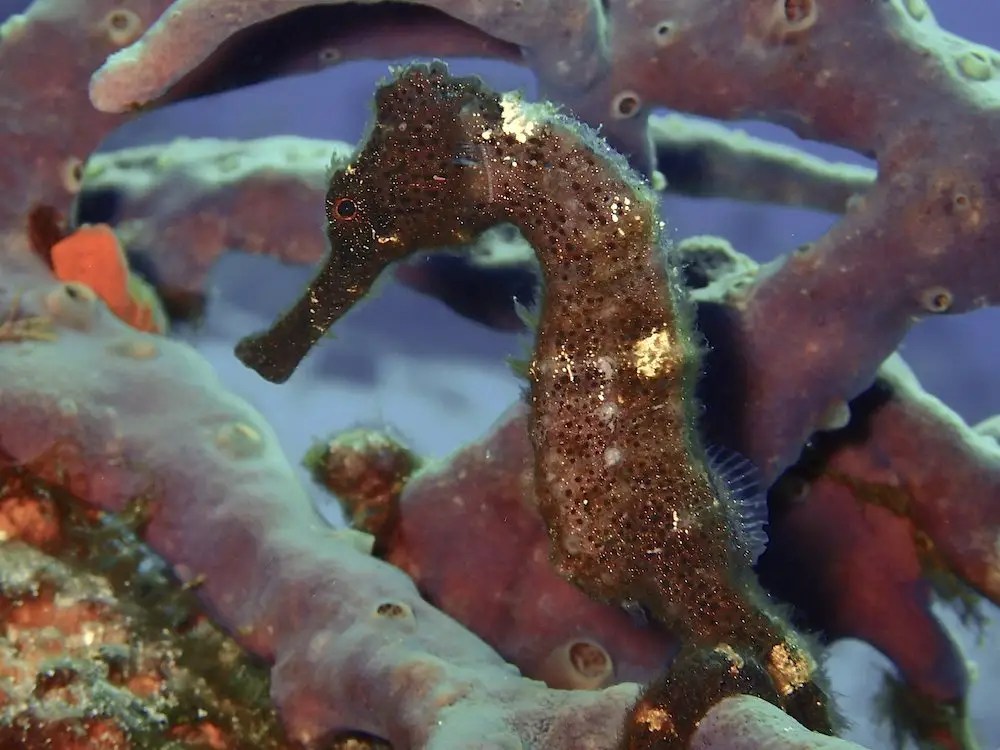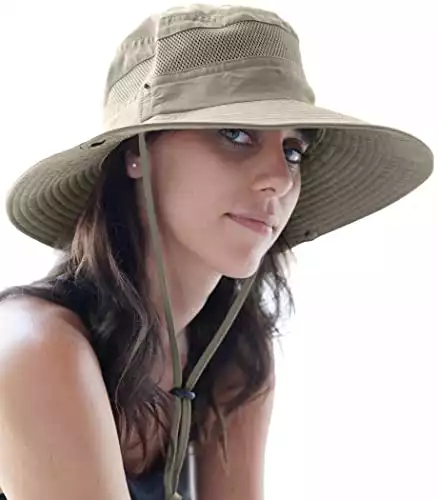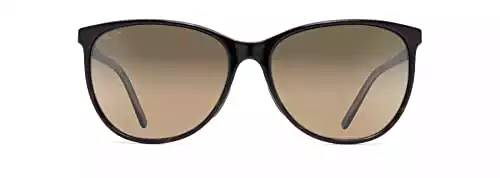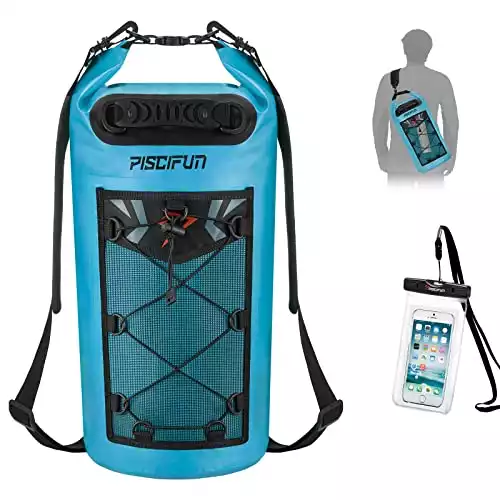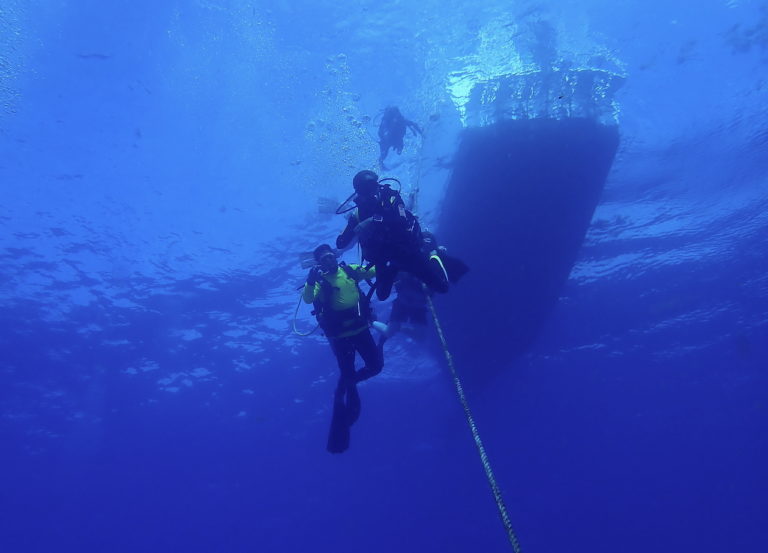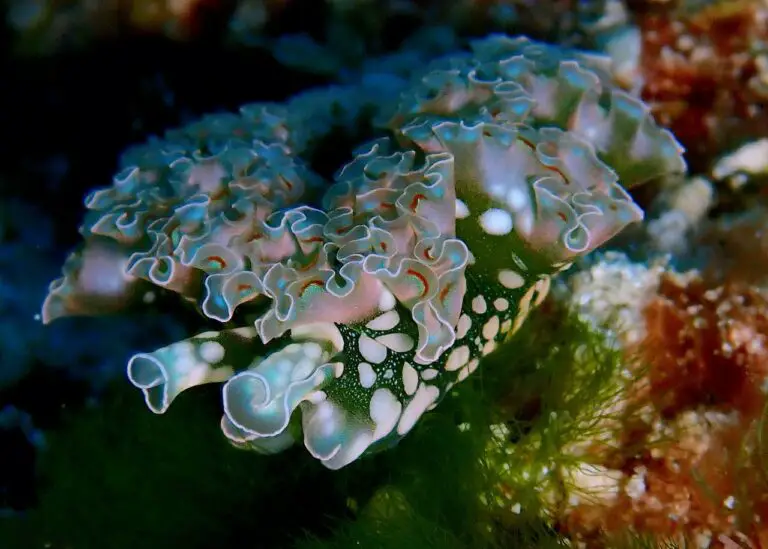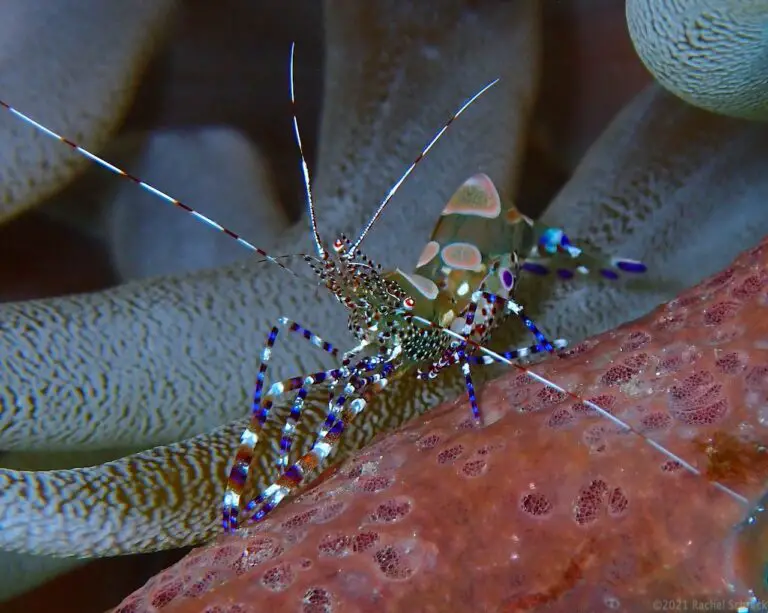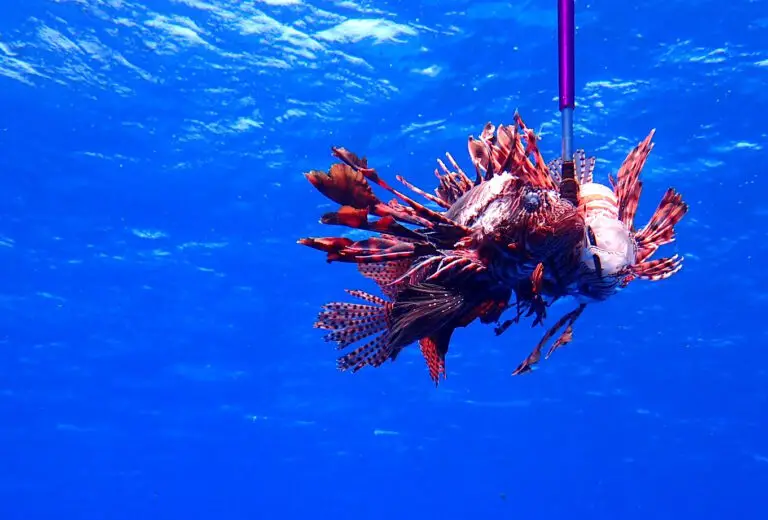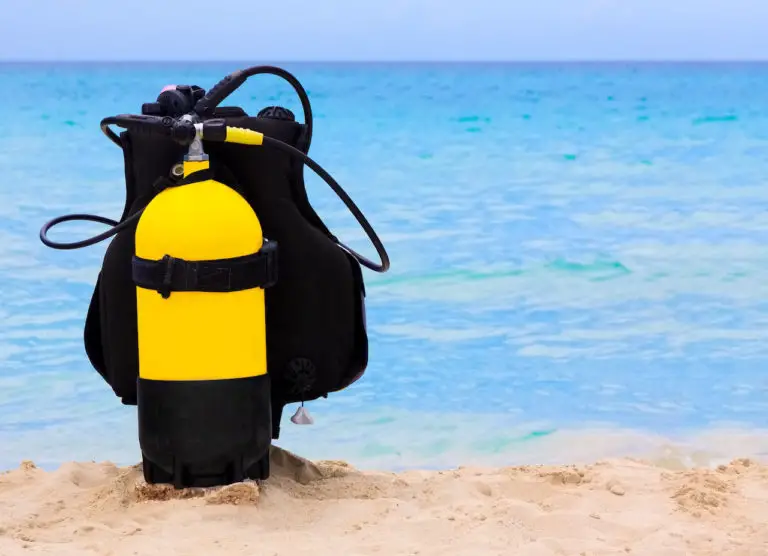Cozumel Sea Horses: Best Reefs to Find a Seahorse when SCUBA Diving in Cozumel
I’m a macro
A Cozumel sea horse sighting can be considered among the most rare to see on a dive.
That said, if you’re a diver and a seahorse fanatic (and there are many like you!), you could easily get lucky and find the right dive site and conditions to make your sea horse Cozumel dreams come true. They ARE here.
Divers can encounter a few species of seahorses in Cozumel, Mexico, along with their closely related pipehorses and pipefish. Seahorses are not abundant in Cozumel, but diving in shallow dive sites with a great divemaster can increase your chances.
If you know a little about typical sea horse behaviors and keep a sharp eye out for what the local “syngnathidae” (seahorse and pipefish family) species look like, you just might get lucky.
Even better is to find a great dive shop in Cozumel, and try to get paired up with a divemaster who has the magic touch for finding macro marine life.
To know what to look for underwater, and take note of some of the best shallow dive sites in Cozumel to scour for seahorses, read on!
New to Cozumel Diving? If so, you’ll find tons of info here on diving and special Cozumel marine life. Start with this overview of our fantastic diving, all year round.
Types of Seahorse Species in Cozumel
Caribbean seahorses (Hippocampus reidi) are a fascinating species found in the warm waters of the Caribbean Sea and the Gulf of Mexico.
These unique creatures belong to the Syngnathidae family, which also includes pipefish and sea dragons.
Caribbean seahorses are known for their varying colors, ranging from yellow and orange to brown and black, which help them blend in with the surrounding coral reefs.
Long Snout Seahorse Population in Cozumel
The main type of seahorse found while diving in Cozumel is the longsnout seahorse.
Longsnout seahorse specimens have a classic seahorse shape, characterized by their long snouts, used for hunting and feeding on small prey. The long snout allows them to probe into crevices and capture their prey with precision.
In addition to their long snouts, these seahorses also have a prehensile tail – which means a tail capable of grasping onto something.
In the case of seahorses, they use their tail to anchor themselves to corals, sponge, sea grass, or other objects, enabling them to stay in place despite strong ocean currents like the ones we sometimes get in Cozumel.
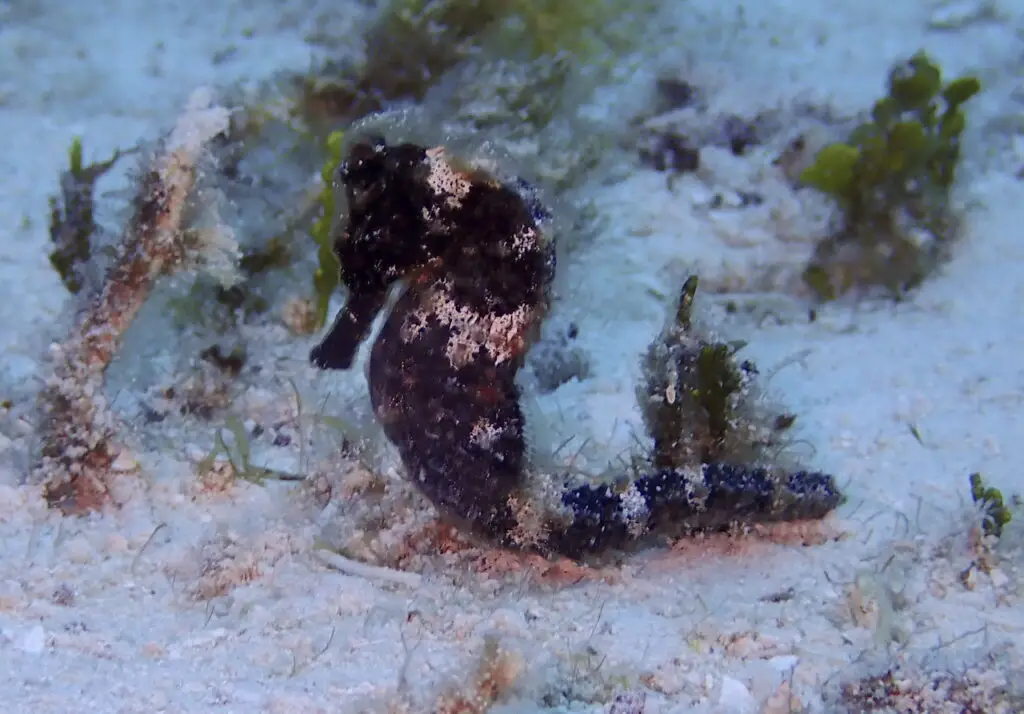
Long snout seahorses also possess a distinct coloration and pattern.
They can vary in color from yellow to brown, with some individuals having dark spots or stripes on their body. This coloration helps them blend in with their surrounding environment and provides camouflage and protection from predators.
Furthermore, long snout seahorses have a unique reproductive system.
Unlike most animals, it is the male seahorse that carries and gives birth to the young. The female seahorse deposits her eggs into the male’s abdominal pouch, where they are fertilized and eventually hatch.
The male then goes through a process called “giving birth,” where he releases the fully-formed, miniature seahorses into the water.
These characteristics of long snout seahorses make them fascinating and unique creatures that are well-adapted to their marine habitats.
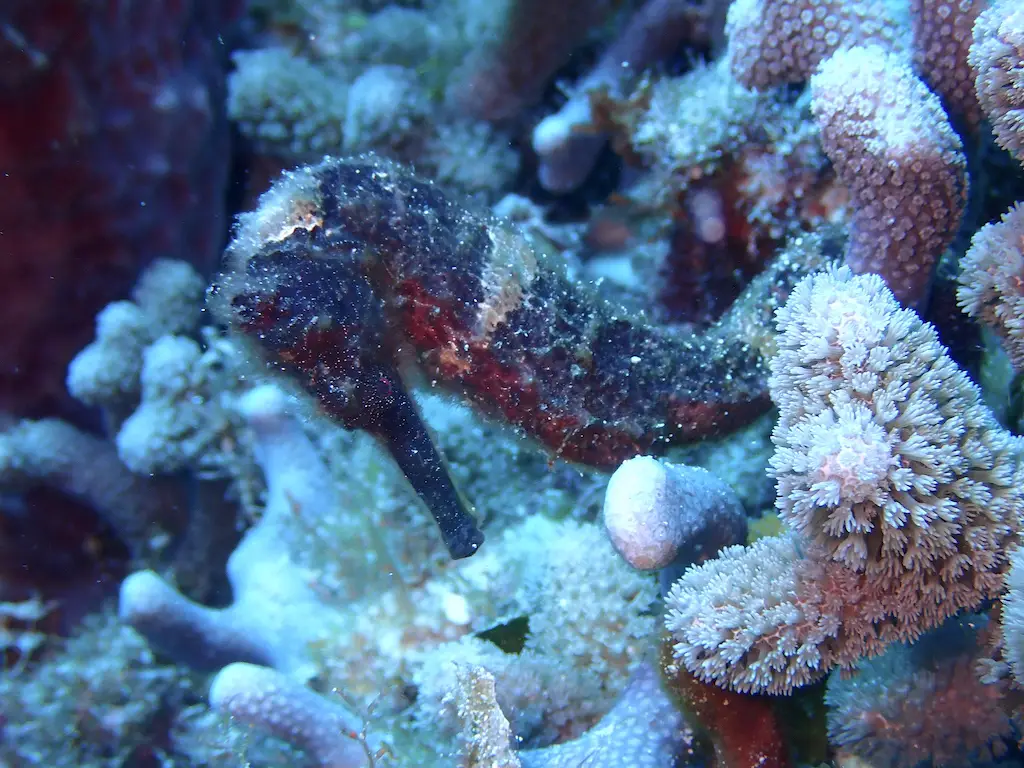
Pipe Seahorses in Cozumel: More of Them, but Harder to Find
Pipehorses in Cozumel are more plentiful, and I’ve seen them on most local dive sites, including Columbia shallows and the wreck dive.
For more on the most popular Cozumel wreck dive, the C-53, read this post next.
Pipehorses also have a distinctive snout and prehensile tails that grasp onto algae puff stems and sea grass.
The problem is, they’re incredibly tiny and fragile.
Cozumel’s typical pipehorses are like finding a 1-2 inch (3-5cm) frayed piece of yarn stuck onto a small stem.
In other words, like needles in haystacks, they’re almost impossible to find.

One of your best bets for searching for pipe seahorses is to do a shore dive in Cozumel.
Shore diving in Cozumel is also great for finding and photographing other tiny macro critters here, like our resident population of sea slugs and nudibranchs, and you’ll almost always find a cute array of unusual juvenile fish species in small coral heads.
Shallow Cozumel shore dives allow you to dive in the ideal seahorse areas, and you can also really take the time to patiently scan areas of sea grass beds or small fields of algae growths and really look for something grasping on to individual stems.
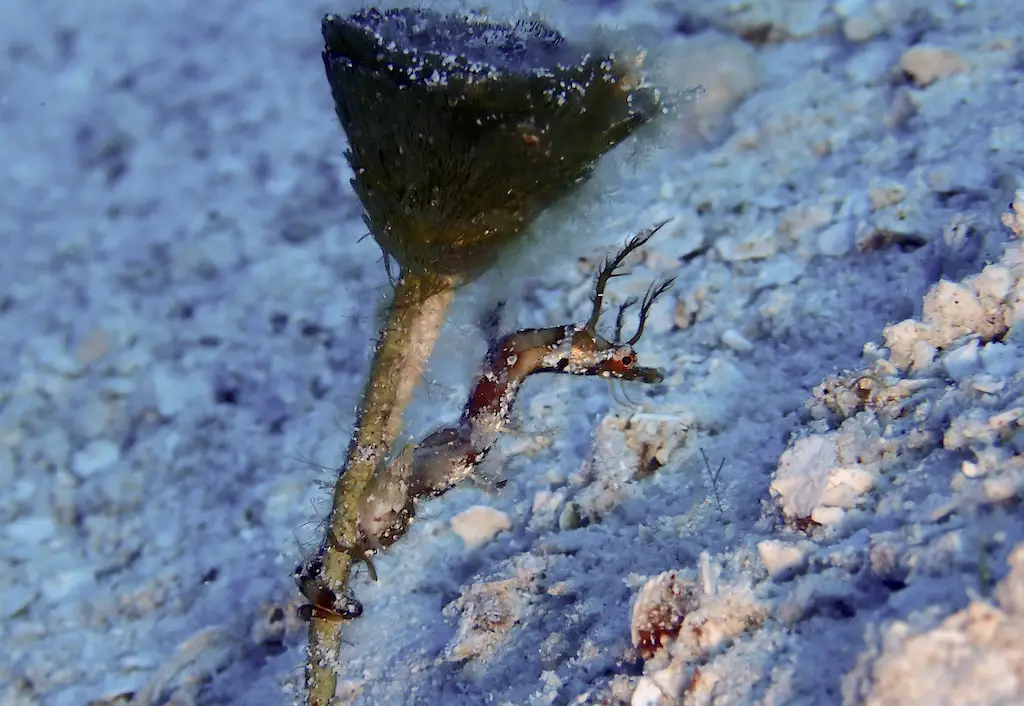
Cozumel Diving – Other Pipefish Species in Cozumel
In addition to the captivating Caribbean seahorses and pipehorses in Cozumel, the national marine park is home to various pipefish species.
Pipefish are closely related to seahorses and share many similar characteristics, such as their elongated bodies, distinctive snouts, and unique reproductive behaviors.
Cozumel boasts an array of pipefish species, with some being more commonly encountered than others.
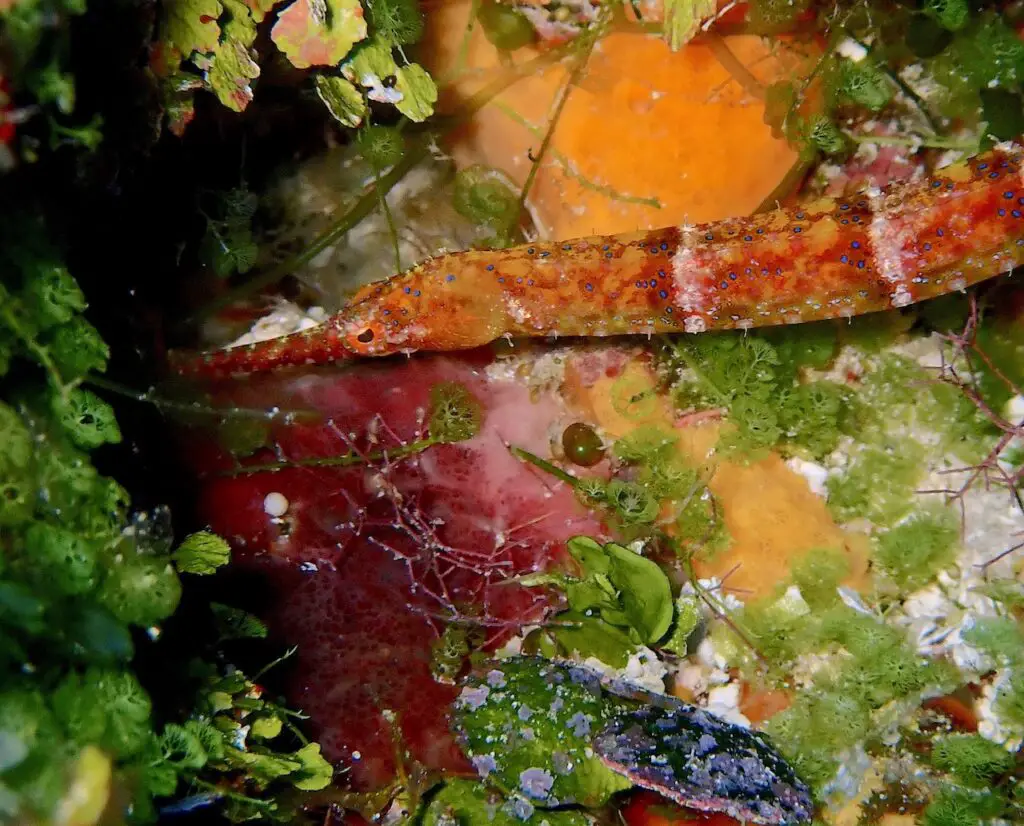
As you can see in the image of the pipefish, above, the snout has that same squared-off shape as a seahorse, and its eyes are reminiscent of a seahorse’s.
That’s where the obvious similarities end.
Cozumel, Mexico is home to a few typical pipefish species, namely the shortfin pipefish, the whitenosed pipefish, and the harlequin pipefish.
Shortfin Pipefish in Cozumel
One of the most frequently observed pipefish species in Cozumel is the shortfin pipefish (Cosmocampus elucens).
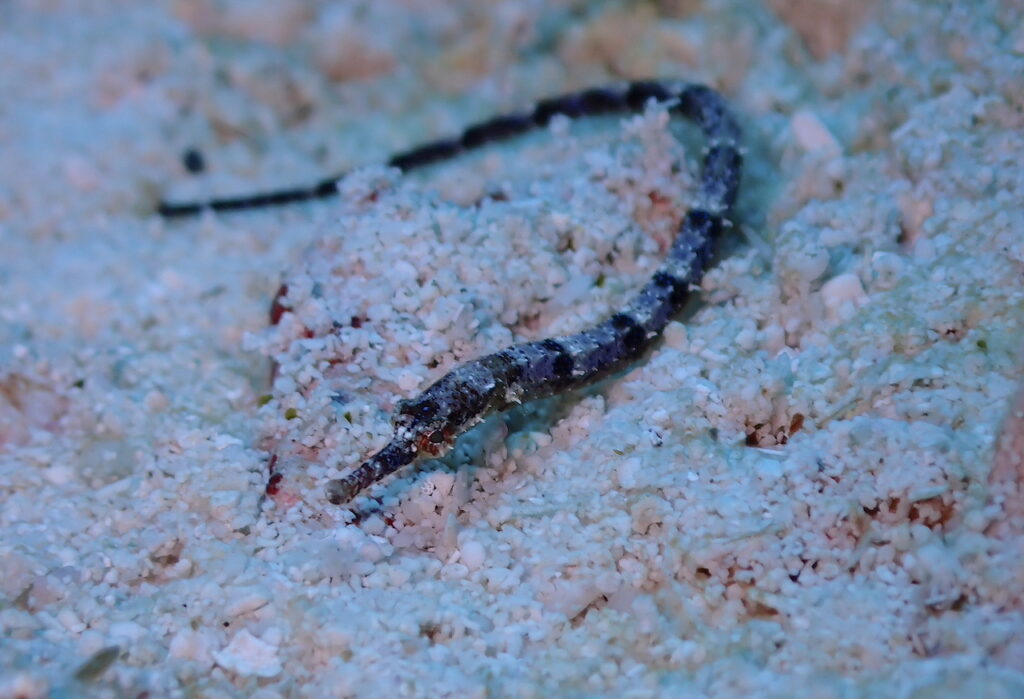
These pipefish are typically colored brown or shades of purple and have distinct bands along their bodies. Shortfin pipefish are often seen among seagrasses and debris areas, allowing them to seamlessly blend in with the low-growth areas surrounding reef structures.
Pipefish in Cozumel can often be found hovering near coral heads or gently swaying amidst seagrass beds.
Whitenose Pipefish – Not Easy to Find in Coz
Another notable pipefish in Cozumel is the White-nose Pipefish (Cosmocampus albirostris).
These unique pipefish look almost exactly like the shortfin pipefish, but possess a long, slender body with a distinct white snout.
They are known for their preference for rocky or sandy areas, where they camouflage themselves among the substrate or hide in small crevices.
The Whitenose Pipefish is an unusual species to encounter (or even see) while diving in Cozumel’s vibrant underwater world.
Harlequin Pipe Fish – Special Sea Life in Cozumel
Saving the prettiest Cozumel pipefish for last, the beautifully colored Harlequin Pipefish (Halicampus ensenadae) is my personal favorite, and I’ve spent many hundred pounds of air trying to patiently wait for a harlequin pipefish to peek out of a cluster of lettuce coral so I could get a decently unobstructed view of its face and full snout.
The harlequin pipefish displays vibrant colors and intricate patterning, with a spotted head and snout, and a stunning dark red and yellow body.
The cool harlequin pipefish is typically found hiding inside coral reefs, where its vibrant appearance and intricate camouflage help it blend seamlessly with its surroundings.
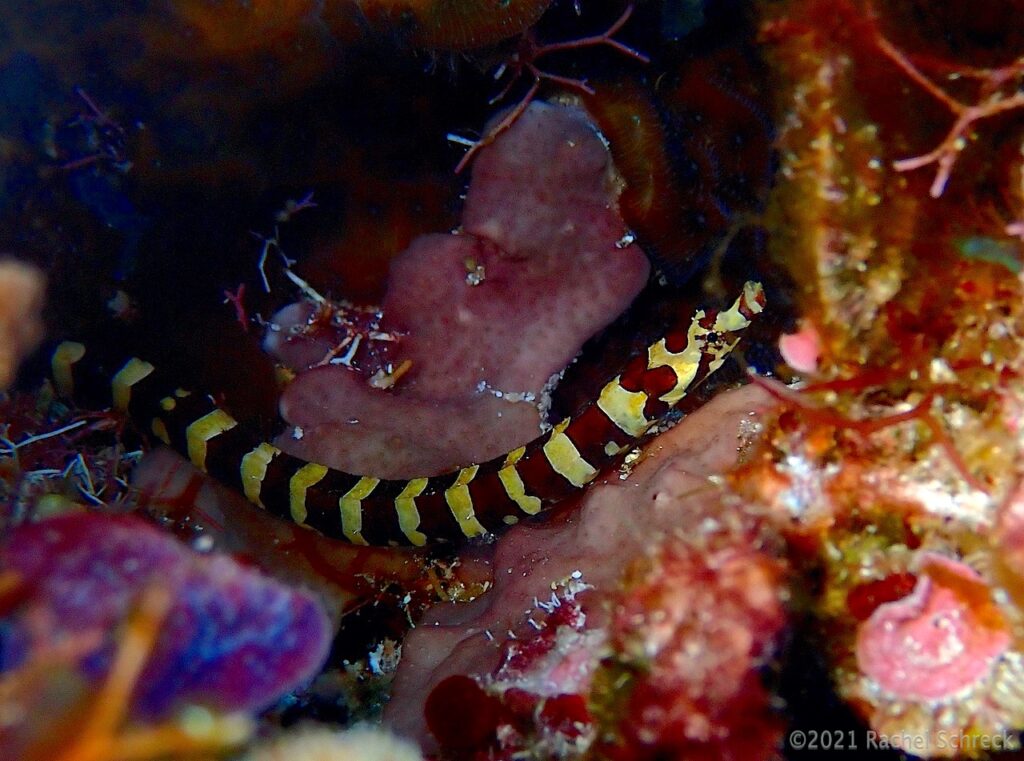
Where do Cozumel Seahorses Tend to Hide in the Reef
When it comes to finding a place to hide, Caribbean seahorses have evolved to be masters of disguise.
Their slender bodies and intricate bony plates allow them to change color and texture, resembling the coral or vegetation in their environment.
This remarkable adaptation helps them evade predators and become nearly invisible to the untrained eye.
For more on some other camouflage critters in Cozumel, check out this post, next.
Seahorses in the Coral Reefs in Cozumel
While Caribbean seahorses can swim move around within their home range, they tend to stay within close proximity to coral reefs. This is because the corals provide vital protection and support for their survival.
Seahorses are known to anchor themselves to corals and other structures using their prehensile tail, which acts as a grip. They can often be found hiding among the branches or fronds of soft corals, gorgonians, or sea fans.
Often, when a seahorse is discovered on a Cozumel dive site, it will stay there for several weeks at a time, or longer, provided divers don’t disrupt it or a storm doesn’t force it to seek a new shelter.
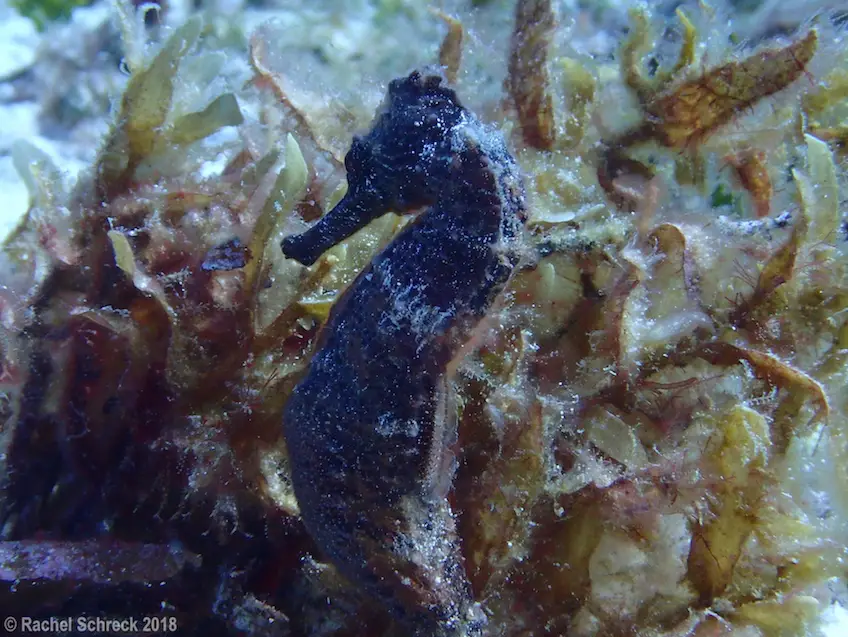
Look for Seahorses in Cozumel – Sea Grass and Sandy Areas
Caribbean seahorses prefer shallow waters and are typically found at depths ranging from 1 to 30 meters (3 to 100 feet).
They like to take shelter in areas that offer suitable feeding grounds, such as seagrass beds, mangroves, and sandy bottoms.
These habitats provide an abundance of small invertebrates and microorganisms that make up the seahorse’s diet.
Proper Diver Etiquette and Cozumel Sea Horse Sightings
When it comes to interacting with seahorses while scuba diving, it is crucial for divers to prioritize the well-being of these delicate creatures and the marine environment as a whole.
While certain guidelines can help ensure responsible interactions, it’s important to note that seahorses are naturally shy and can be easily stressed by human presence.
Taking pictures of seahorses, if done responsibly, likely does not directly harm them (though study is ongoing).
However, it is essential to maintain a respectful distance and avoid excessive disturbance.
Seahorses have been observed to change their behavior in the presence of divers. They may become more active or release their tail’s grip and swim to alter their position to seek a better hiding spot.
These behavioral changes can be caused by stress or disturbance and should be taken as indicators to give the seahorses the necessary space.
Divers should of course avoid touching or chasing seahorses, which will disrupt their natural behavior and cause unnecessary stress.
Cozumel Diver Guidelines: Protect Our Marine Life
To responsibly interact with seahorses, divers should adhere to the following guidelines:
1. Maintain a respectful distance from marine life: Keep a reasonable distance from the seahorses to avoid causing stress or interfering with their natural behavior. The Cozumel Marine Park asks that divers maintain a 1.5 meter (4-5 feet) distance from the reef and any marine life, so this is also appropriate when keeping distance from seahorses in Cozumel s
2. Minimize disturbance: Avoid touching, poking, or chasing seahorses. Sudden movements or excessive activity can startle them and negatively impact their well-being.
3. Master proper buoyancy control: Good buoyancy control is essential to avoid damaging corals or other marine organisms while observing seahorses. It also ensures that you do not accidentally bump into or harm the seahorses.
This is especially critical if you’re taking underwater photographs – your camera is no excuse to touch or damage the reef or the animals.
4. Don’t use excessive flash photography: Many marine biologists have warned that flash photography can startle seahorses and possibly harm their eyes.
Additionally, excessive time on one photo subject, especially with the repeated use of flash or strobes, can contribute to environmental degradation by disturbing marine life in the vicinity.
TLDR; No flash is best, take a frame or two and move on.
For more tips and ideas if you’re new to underwater photography, read this NEXT.
5. Be mindful of the marine environment: Don’t use sunscreens while diving, and maintain good diving skills to avoid damaging the reef or other macro marine organisms. This includes areas adjacent to the reef, namely sandy ocean floors and seagrass beds!
There are lots of critters living in these habitats, too. Be especially cautious with your fins to prevent stirring up sediment and potentially smothering seahorses or their habitats.
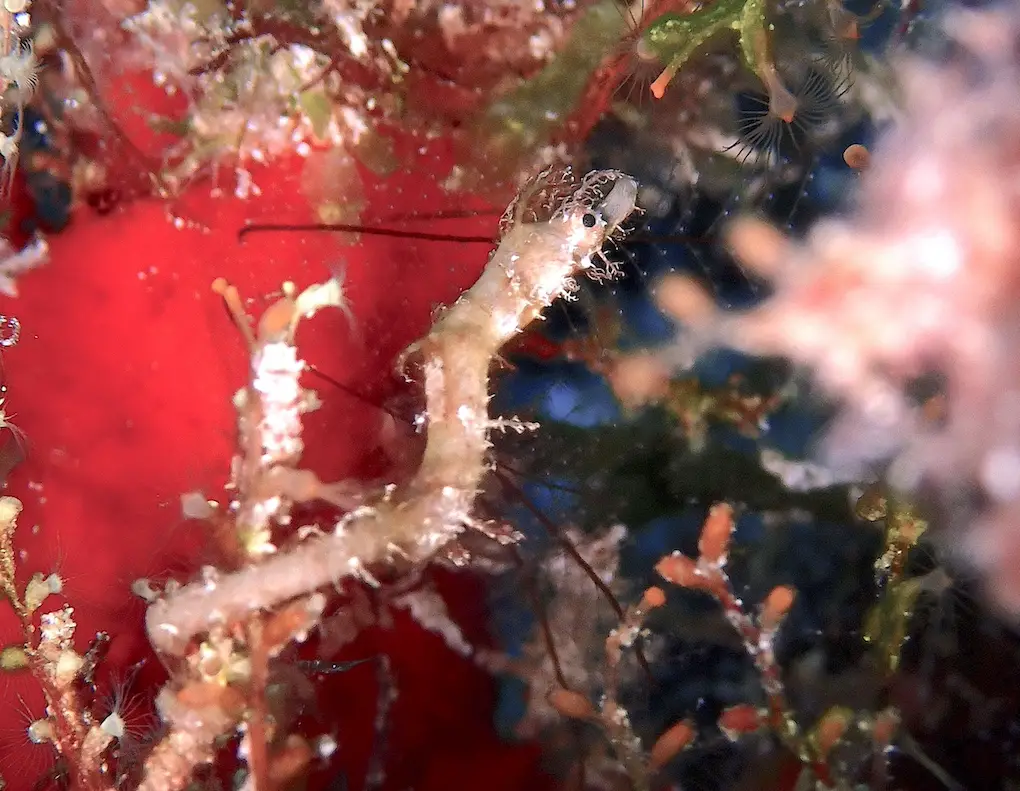
6. Don’t Dismiss the Drift: Cozumel is known for boat diving and drift diving (read all about diving the drift, right here). Often, the currents here are steady but manageable. Sometimes, however, Cozumel currents can be ripping, and if you’re diving in a strong current, you should just accept it, and let some photo ops, go.
Battling against the current will not only compromise your air consumption, it usually compromises divers’ coordination and ability to maintain good buoyancy or at least a solid trim line in the water column. Don’t sacrifice the marine life for one or two mediocre dive pictures.
By following these guidelines, scuba divers can enjoy the unique experience of observing seahorses in their natural tropical habitat while minimizing any negative impact on these beautiful creatures and their fragile marine environment.
Sea Horse Cozumel Guide – Final Thoughts
These are just a few examples of the seahorse and pipefish species you can encounter on a dive in Cozumel.
Each local type has its own unique characteristics and habitats, enhancing the diversity and wonder of the marine ecosystem.
Overall, the distinctive appearance and secretive behavior of Caribbean seahorses and the related pipefish make them intriguing species to observe in their natural habitat.
Their ability to camouflage among the colorful coral reefs and their preference for specific hiding spots highlights the complex relationship between these seahorses and their environment.
Exploring the waters of Cozumel provides an opportunity to encounter these incredible pipefish and gain a deeper appreciation for the fascinating world of marine life.
CozInfo’s Cozumel Packing Essentials:
|
3.5
|
3.5
|
3.5
|
3.5
|
|
$19.99
|
$249.00
|
$59.95
|
$22.99
|

